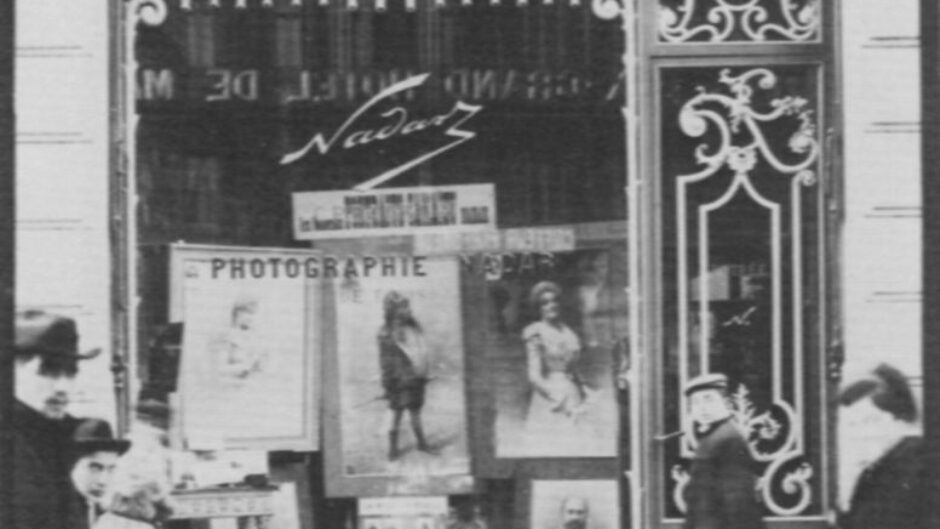Summer term
Tuesday 25 April – Tuesday 23 May*, 19:00
On campus
OR
Wednesday 3 May – Wednesday 31 May*, 20:00 [Online]
Online
Only a few on campus places remain – please email short.courses@courtauld.ac.uk to request a place, and we will get back to you on Wednesday 12 April. Please fill in the booking form below to book an online place.
*NB start and finish dates have been changed
The online Q&A will now take place on Wednesdays, due to the unusual number of Monday Bank Holidays in May 2023 (3 including one for the coronation of King Charles III)
The key position that photography now occupies in the context of contemporary art has encouraged a renewed interest in art-historical studies of the vibrant dialogue between photography and painting.
This course will explore the mutual give-and-take, as well as the competition, between these two art forms in France in the period from the 1850s to the 1890s.
Photography presented artists with a number of new tools and impulses: painters from Delacroix to Cézanne used photographs as raw material for the development of drawings and paintings; the medium’s ability to capture stages of bodies in motion, explored in particular by Eadweard Muybridge, encouraged artists like Edgar Degas to revisit and correct age-old conventions of depiction: the representation of the movement of horses is a famous case in point. The unusual, ‘cropped’ viewpoints in Degas’ and contemporaries’ art works likewise derive from photography and heightened the sense of immediacy and intimacy Impressionists sought to convey in their scenes from everyday life. Indeed, the first Impressionist exhibition of 1874 took place in a studio in Boulevard des Capucines belonging to the prominent photographer Nadar.
At the same time, photography’s ability to represent the world with absolute accuracy challenged painting’s traditional claim to ‘truth’ and appeared to render its mimetic project obsolete. It encouraged artists to depict nature in ways not (yet, or easily) available to the younger medium, by capturing light, colour and movement, for instance, and it made others move away from reality and towards the realm of the non-objective and the spiritual.
In return, contemporary painting inspired photography to experiment with the materiality of its images, and to look for ways of making these less ‘precise’ and more pictorial in effect. Early photographers’ efforts in this direction – including photographs on canvas pioneered by Franz Lenbach in Germany, or Gustave Le Gray’s calotype land- and seascapes – contributed to the acceptance of photography as an established art form in its own right by the 1890s.
The lectures will be delivered by Dr. Natalia Murray (The Courtauld), with contributions by Dr Natalia Sidlina, Dr Emily Christensen, and Alistair Morrison, one of Britain’s most prominent contemporary photographers. Moderator: Dr Anne Puetz.
Course delivery details
This programme is delivered both on campus and online.
On-campus course delivery: lectures are at our Vernon Square campus at 7pm, followed by discussion and drinks, pre-course and further reading, and handout materials on our Virtual Learning Environment.
Online course delivery: this online lecture series consists of pre-recorded lectures, released weekly over 5 weeks, and each viewable for a fortnight; pre-course and further reading, handout materials and a discussion forum on our Virtual Learning Environment; live Q&As for each lecture, delivered via Zoom on Wednesdays at 20:00 (London time).







